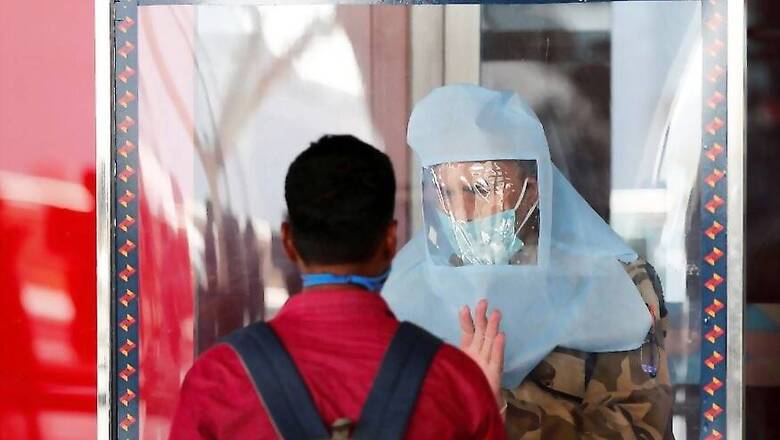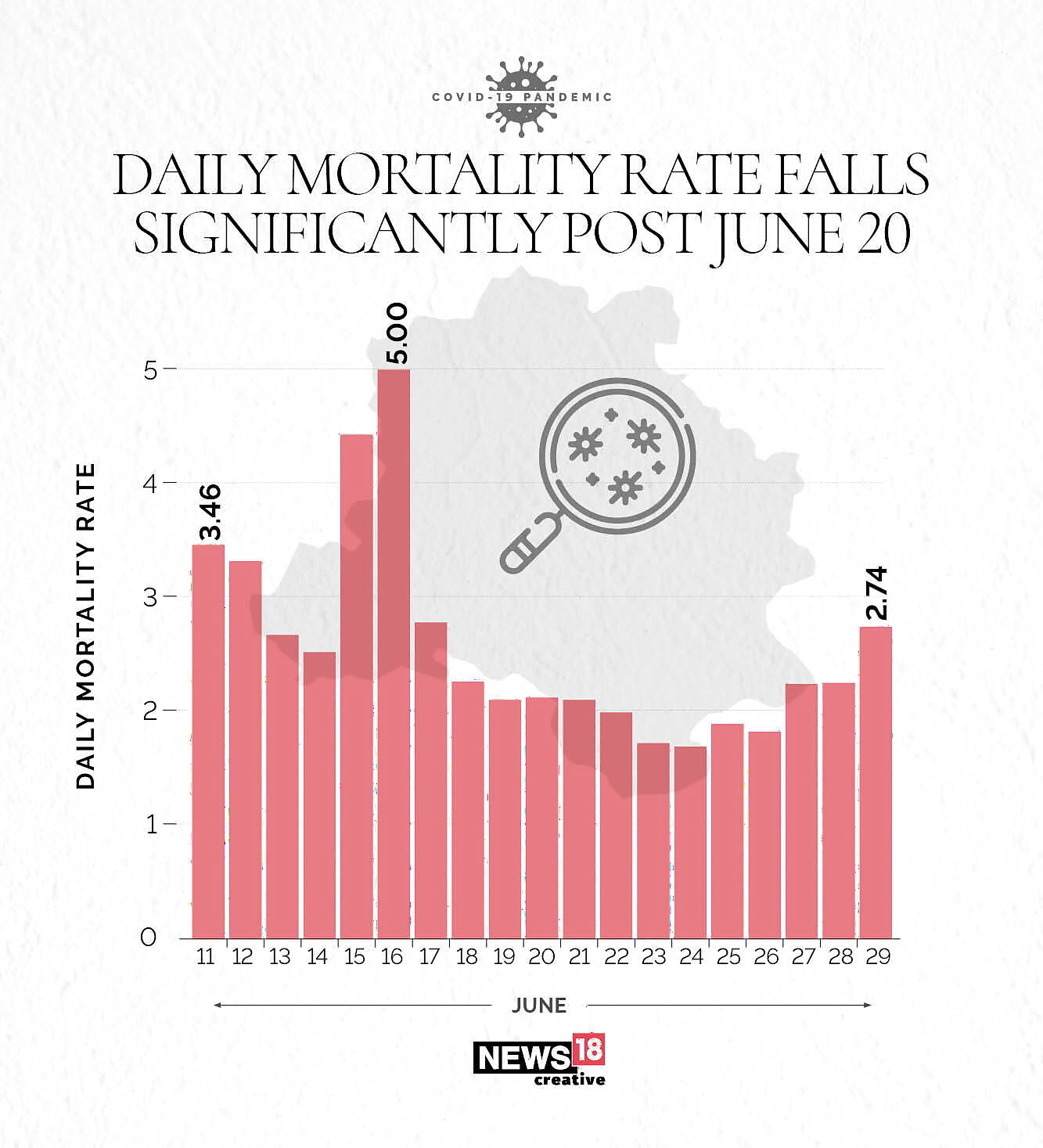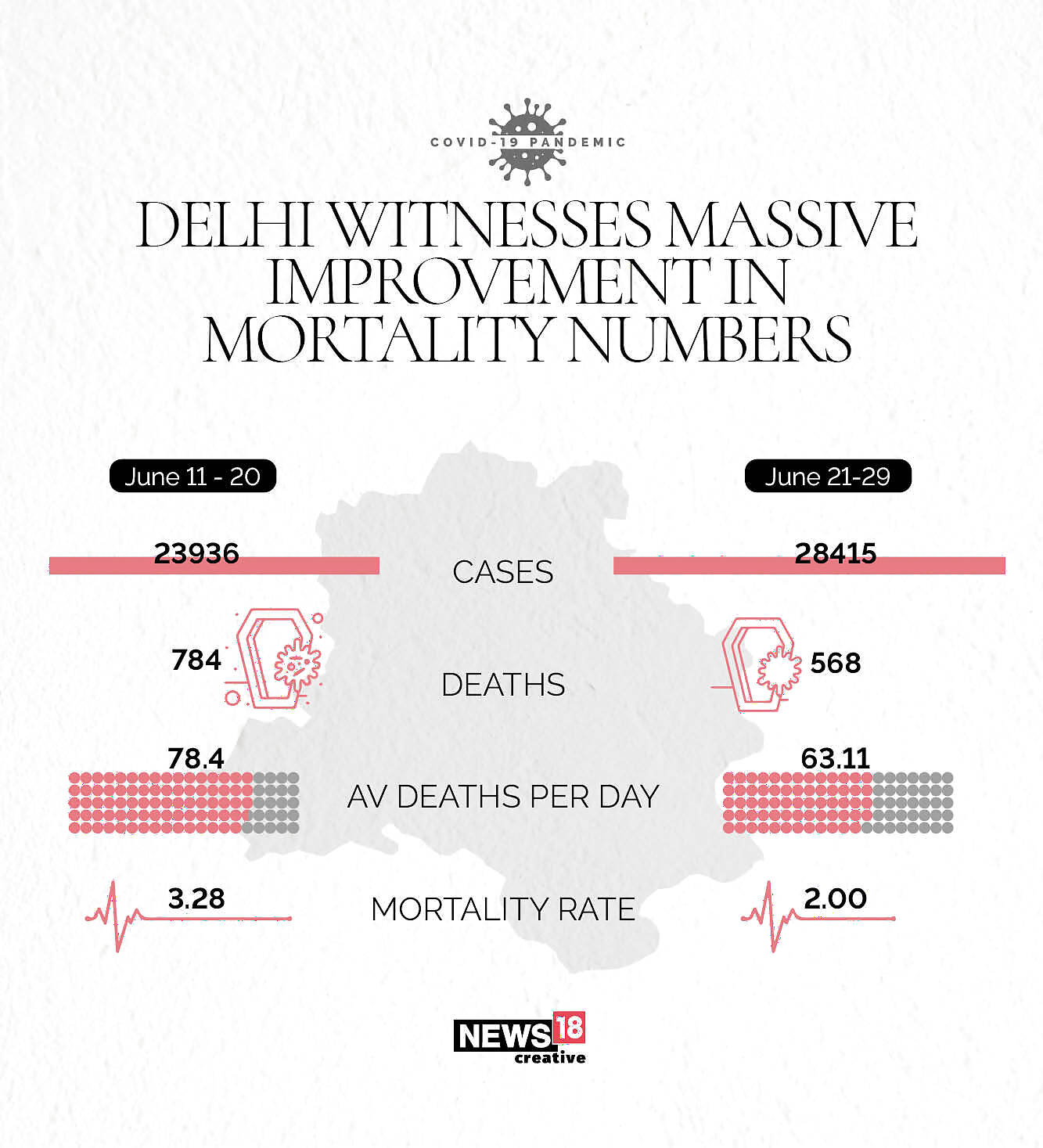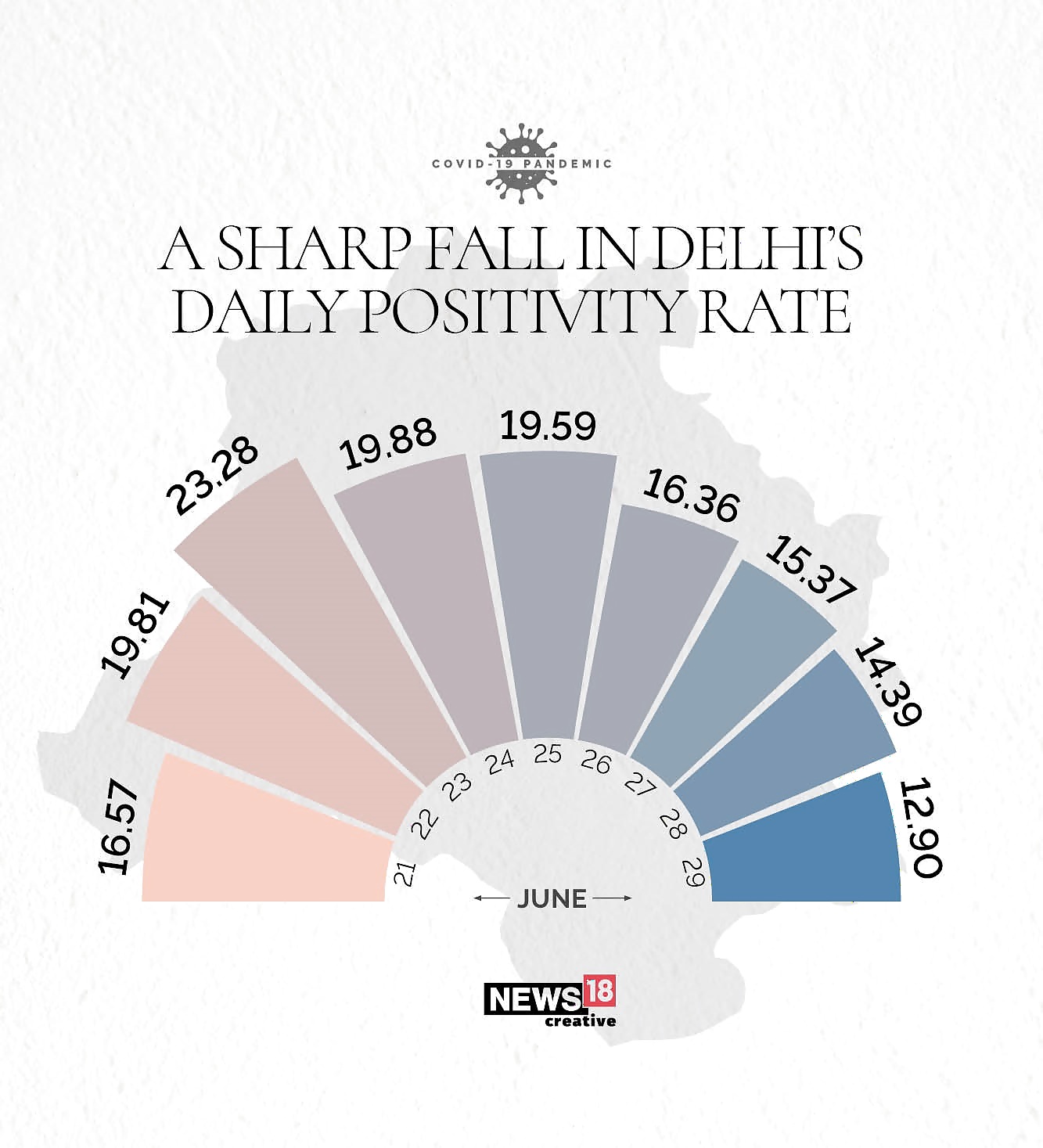
views
A fall in the mortality numbers, a significant drop in Positivity Rate and early trends of a decline in new cases suggest that Delhi is finally attaining some stability in its fight against the Covid-19 pandemic.
A FALL IN MORTALITY NUMBERS
Delhi witnessed a steep surge in the number of Covid-19 cases and deaths after June 10. Between June 11 and June 20, Delhi averaged 2,394 cases a day and the corresponding mean for deaths was 69.
While the average number of cases increased to 3,157 between June 21-29, the average number of fatalities has gone down to 63. Thus, despite an uptick in the number of cases, the number of Covid-19 deaths has fallen.

Delhi ramped up its testing post June 19, and more tests meant a higher number of cases. But more importantly, it did not lead to a surge in the mortality numbers which indicates that the rate of growth of deaths was slower than the growth in cases.
This becomes clear from the difference in the Daily Mortality Rate (DMR) numbers between the two periods – June 11-20 and June 21-29. Between June 11-20, the DMR was above three on four days and touched five on June 16. In stark contrast, the DMR never touched three on any day between June 21-29 and was below two on five of the nine days in this period.
Overall, there was a significant decrease in the Mortality Rate in the period between June 21-29 as compared to the period June 11-20 (Note: we considered the actual number of deaths reported on June 16 and not the backlog as that would provide a biased and inflated figure for the concerned period).
The average number of daily deaths decreased substantially from 78 to 63.

Along with a fall in the mortality numbers, there has also been a significant decline in the Positivity Rate in Delhi.
A DECLINE IN THE POSITIVITY RATE
Delhi has benefitted immensely from its aggressive increase in testing which has led to a dip in the Positivity Rate. From conducting merely 5,590 daily tests on an average in the first week of June, the numbers improved to 8,575 between June 11 and 20. But since then, with the addition of the rapid antigen tests, the city has more than doubled its testing and the daily average for the period June 21-29 stands at 18,074.
Not surprisingly, the Positivity Rate has gone down from an alarming 27.91 % — between June 11-20 — to a more acceptable 17.47% for the period June 21-29. This basically implies that from approximately one in four testing positive, the number has now improved to one in six.
The Daily Positivity Rate (DPR) has also seen a consistent dip from June 23 — the day Delhi witnessed its highest single-day spike of 3,947 cases — when it reached a high of 23.38%. In fact, it almost halved to 12.9% on June 29!

Even as Delhi scaled up its testing efforts, a downward trend is emerging in new daily cases from June 23. The number of daily cases has dipped from the peak of 3,947 to just 2,084 on June 29. It has seen a continuous fall in the last seven days with the exception of a marginal increase from June 25 (3,390 new cases) to June 26 (3,460 new cases).
The percentage of vacant occupied beds in hospitals has also risen from 46.71% on June 10 to 51.48% on June 20 to 55.43% on June 29, suggesting that the pace of recoveries is constantly improving.
The city has taken several measures over the last two to three weeks to control the spread of the pandemic and to contain the number of deaths – from increasing the number of beds, pulse oximeters and oxygen concentrators to aggressive testing and isolation, plasma therapy and a massive survey.
While the battle against the pandemic will be long and hard, Delhi seems to have taken the first few steps in the right direction.




















Comments
0 comment